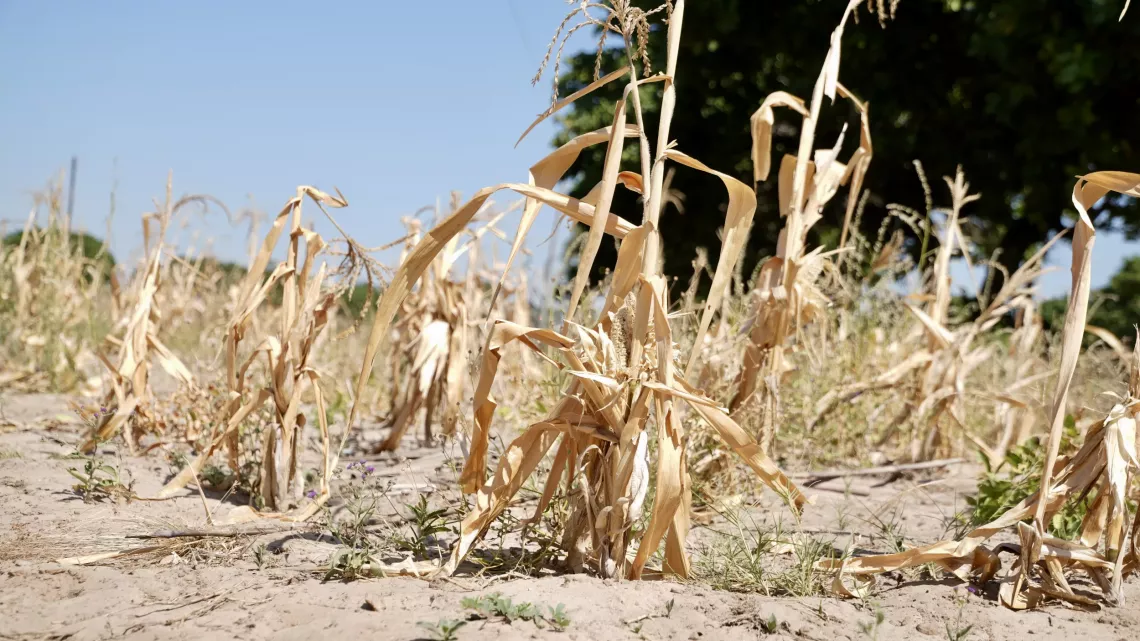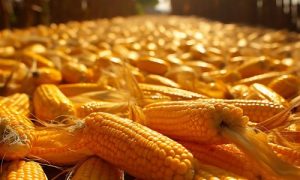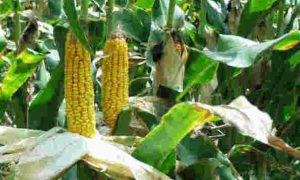EU Maize Crop Faces Strain Amidst Drought and Heatwaves

The EU is expecting a reduced maize crop this year due to severe drought and heatwaves in Romania, potentially increasing its reliance on imports. Projections estimate a harvest of 60-61 million metric tons, down from 63 million last year. While Eastern Europe faces significant challenges, Western Europe has better conditions, with France seeing a possible increase in production. Romania’s output could drop by 30%, while Poland and Germany may also experience lower yields.
The European Union is bracing for a smaller maize crop this year after drought and heatwaves severely impacted Romanian agricultural lands, analysts report.Such a decrease in production could force the EU, typically a net importer of maize, to depend more heavily on foreign supplies. The bloc is also anticipated to harvest below-average volumes of wheat and barley, which are typically used for livestock feed much like maize. Forecasters have revised their projections for the forthcoming EU maize crop to roughly 60-61 million metric tons—a drop from last year’s 63 million, though still above the 2022 figure of 53 million, which was impacted by widespread drought across Europe.
Argus analyst Maxence Devillers pointed out that conditions in Eastern Europe are particularly harsh, reminiscent of two years ago. In contrast, favorable weather in Western Europe is providing some relief compared to 2022. Romania, once a rival of France in maize production, faces unrelenting heat that has similarly affected Ukraine and Russia. Romanian output is expected to dip by about 30% from nearly 11 million tons last year, with predictions for 2024 standing between 7.5 and 7.7 million tons, according to Argus and local firm AgroBrane. “It’s quite challenging to grow corn in a furnace,” remarked AgroBrane’s Gabriel Razi, as crops endured 40 degrees Celsius temperatures during July’s pollination period. He described the season as one of the toughest Romanian farmers have faced.
While high temperatures have also damaged crops in parts of Bulgaria and Hungary, France’s situation is more varied. A damp spring hampered planting, but subsequent favorable moisture levels and increased planting areas suggest a higher output compared to last year. Estimates place the French crop at over 14 million tons, slightly exceeding early forecasts. Elsewhere in Europe, positive rainfall may boost yields despite reduced planting areas. However, in Poland and Germany, lower plantings could lead to decreased harvests.
Source Link : https://www.devdiscourse.com/article/headlines/3061825-eu-maize-crop-faces-strain-amidst-drought-and-heatwaves

















